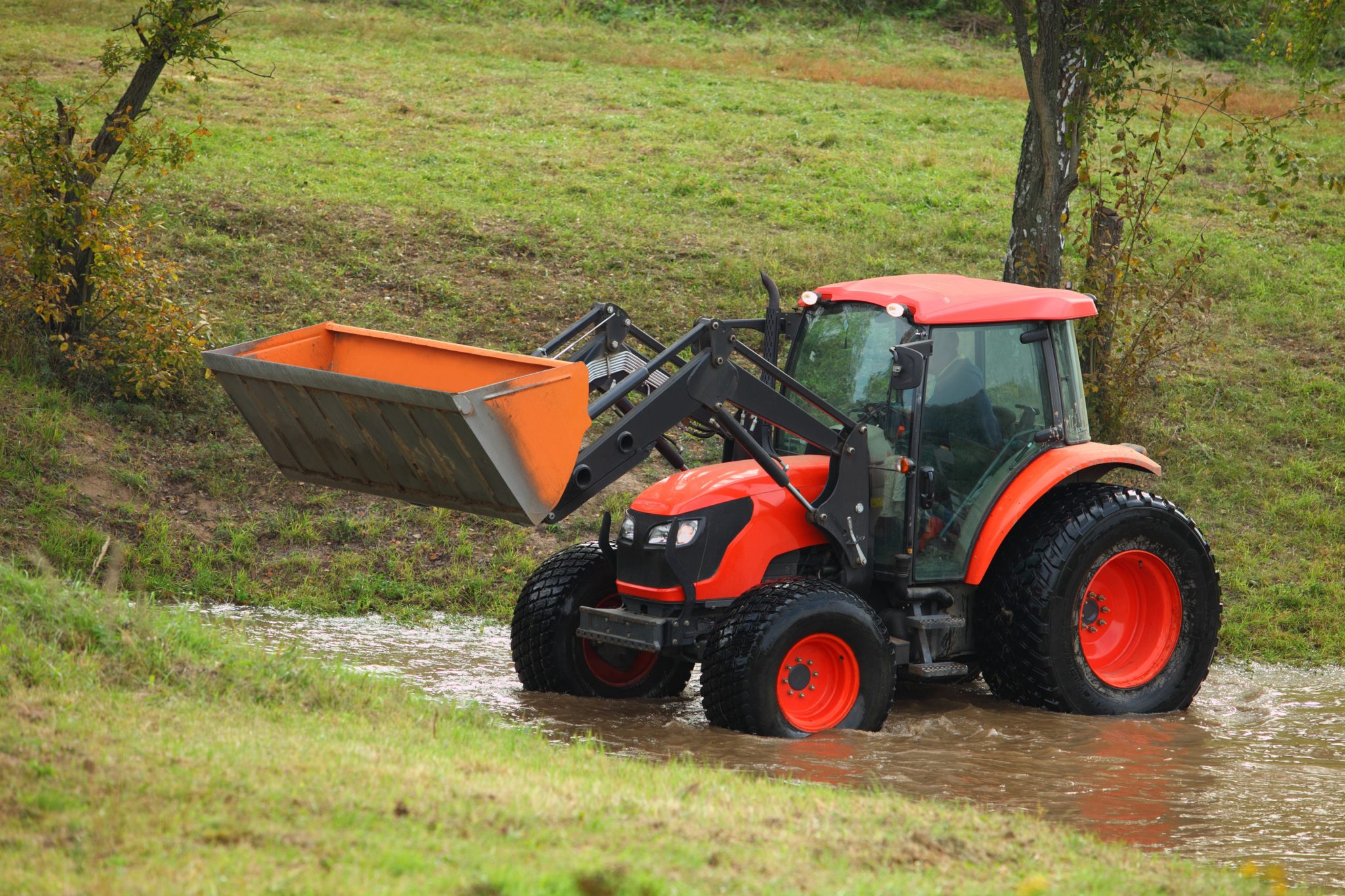Farm Management

The Internal Revenue Service generally requires that purchasers of machinery and equipment recover or write-off the cost of purchase over the expected life of the item. Several years ago, Congress introduced additional first-year expensing to encourage the purchase of machinery to improve the economy. Then the Tax Cuts and Jobs Act (TCJA) modified the write-off amounts.
The purchase of machinery gives the farmer the chance to do income tax planning. The choices are the following:
- Write off the cost over a number of years
- Write off the entire cost the first year
- Take a larger write off the first year followed by smaller amounts over the remaining recovery period.
The amount that may be deducted is the farmer’s basis in the machine. The basis is generally your investment in the machine. Prior to the TCJA trading in an older machine on a new one complicated the calculation of basis because the trade-in constituted a 1031 exchange. Now, the trade-in is treated as a sale with potential depreciation recapture and not part of the purchase.
Depreciation
Depreciation is the term used to describe the amount that is deducted each year. The current depreciation rules are described in the Modified Accelerated Cost Recovery System (MACRS) in Section 168. Prior to the TCJA, farming equipment was considered 7-year property and the 150% declining balance method had to be used. Because of the half-year convention, only half a year’s worth of depreciation can be taken the first year. So, it took 8 years to complete the normal depreciation schedule.
The TCJA changed farming equipment to 5-year property and allowed the use of the 200% declining balance method. To calculate the annual write-off, the basis of the machinery is multiplied by the applicable percentage. Since it normally requires 6 years, the percentages are 20%, 32%, 19.2%, 11.52%, 11.52% and 5.76%.
You cannot elect out of depreciation. For example, if you purchased a $100,000 tractor three years ago and did not claim depreciation your basis in the machine at trade-in is $70,160 (7-year property and 150% declining balance means 10.71% in year 1 and 19.13% in year 2).
Section 179
Section 179 allows a purchaser to treat the cost of Section 179 property as an expense instead of charging it to a capital account. Section 179 property is tangible personal property subject to MACRS rules and purchased for use in a business. Single-purpose livestock structures also qualify as well as some improvements to nonresidential property. Both new and used property qualifies. Property purchased from a related party is not qualified property. The maximum deduction for 2018 is $1 million provided the taxpayer purchases less than $2.5 million is machinery.
The advantage of Section 179 is that the farmer can elect the amount to expense. For example, if a $100,000 tractor was purchased, the farmer could elect an amount between $0 and $100,000 to expense. If the farmer elected a $60,000 deduction under Section 179 and elected out of bonus depreciation, the remaining $40,000 would be depreciated under MACRS; so, the first year depreciation would be an additional $6,000 (20% of $40,000) for a total first-year deduction of $66,000.
The Section 179 expense is limited to the taxpayer’s taxable income, meaning it cannot create a net operating loss. In the example above, if the farmer’s business income had been $45,000, the Section 179 deduction would have been limited to the $45,000 taxable income, and the additional $15,000 would be carried over to the next year and could be used to reduce taxable income in that year. The $6,000 depreciation deduction is still available and can create a net operating loss. In addition, the farmer could elect bonus depreciation and still write off the entire $100,000.
Bonus Depreciation
Bonus depreciation, Section 168(k), also allows an additional first-year write-off, but it has a limited life. Prior to the TCJA, bonus depreciation was 50% in 2017 and would have been 40% in 2018, 30% in 2019 and eliminated in 2020. TCJA increased the amount from 50% to 100% for 2018 through 2022 after which it is reduced by 20% per year.
Eligible property is MACRS property with a recovery period of 20 years or less. After the TCJA both new and used machinery is eligible.
Unlike Section 179, bonus depreciation is 100% of basis, not an amount you elect. Also, unlike Section 179, you have to elect out of bonus depreciation and it applies to all the property in a particular class. In other words, if you purchase a $100,000 tractor and do not elect out of bonus depreciation your first-year deduction is $100,000. If you bought two tractors in the same year, because they are in the same class, 5-year property, they both have to be treated the same.
Bonus depreciation can create a net operating loss. This may be an advantage to a farmer that has off-farm income. Unlike Section 179, if the farmer earned $45,000 on the farm and purchased a $100,000 tractor, under bonus depreciation he would expense $100,000 and create a $55,000 loss that could be deducted from his off-farm income.
Purchasing machinery provides a write-off that will affect a farmer’s taxable income. Because of the options available, you should consult your tax professional before making the purchase.
*This article is for information purposes only and is not a substitute for legal advice or recommendations.

